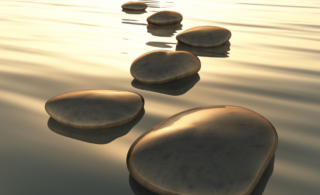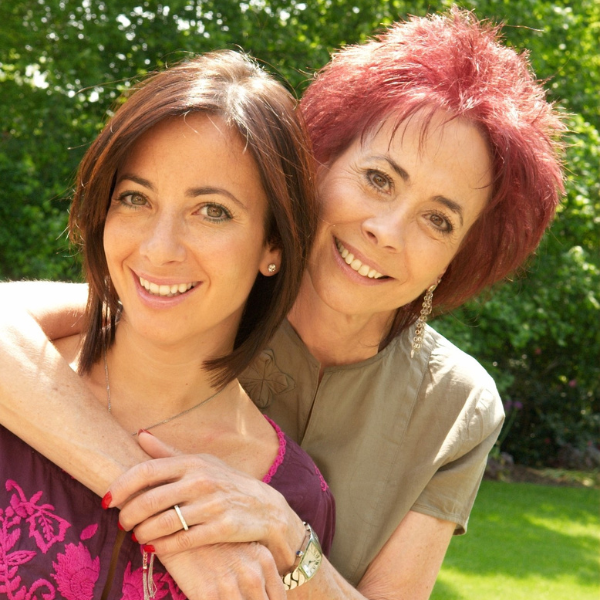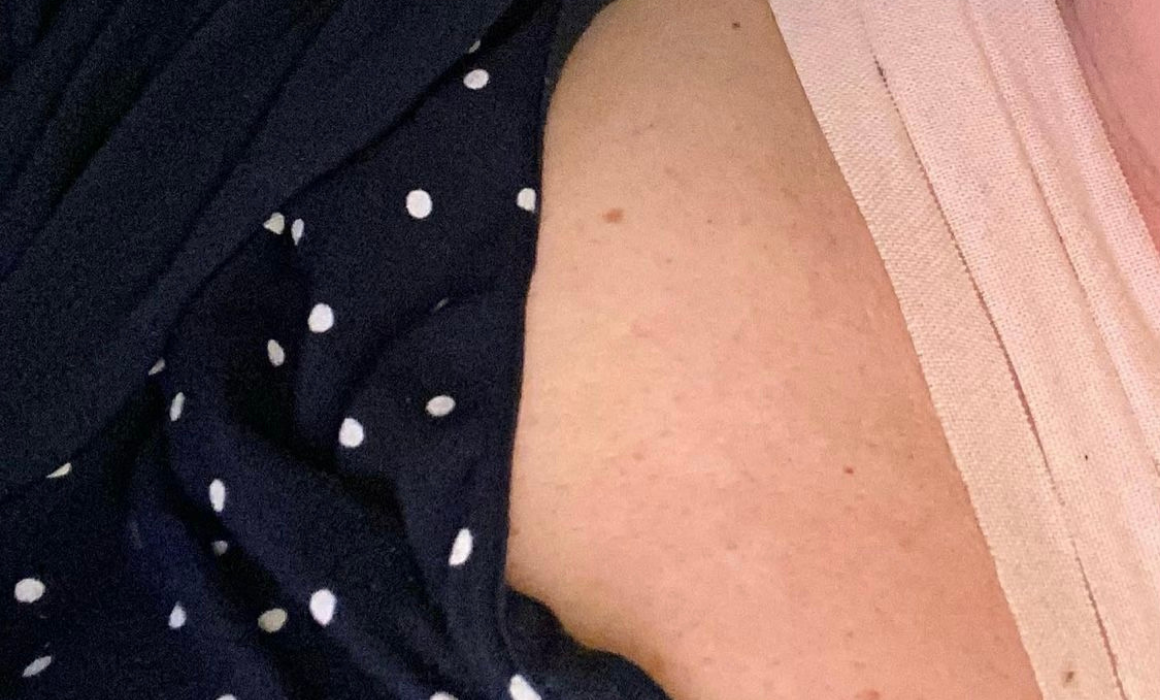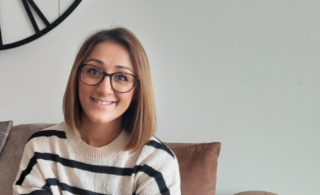
Let's Nail Breast Cancer - Help support our urgent appeal on the 19th - 20th May 2024
Let's Nail Breast Cancer - Help support our urgent appeal on the 19th - 20th May 2024
Let's Nail Breast Cancer - Help support our urgent appeal on the 19th - 20th May 2024
Let's Nail Breast Cancer - Help support our urgent appeal on the 19th - 20th May 2024
Let's Nail Breast Cancer - Help support our urgent appeal on the 19th - 20th May 2024
When lymph nodes are removed during breast cancer surgery it can increase the risk of developing lymphodema. In this article Liz tells us about her experience, what she does to manage it and the treatment she has received. Liz’s experience shows the limitations of treatment available in some areas on the NHS and the way that patients often have to resort to private practice that they have to pay for themselves. We ask you to note that the treatment of lymphoedema varies depending on the hospital and NHS Trust and it is important to discuss your options with your medical team.
By Liz
Breast Surgery
In March 2021 I underwent a wide local excision and full axillary clearance of twenty three lymph nodes for a grade 3 breast cancer that was on my chest wall. It had been found incidentally during a CT scan that related to another health condition that was producing symptoms.
Recovery
Recovery from surgery was slow and I had two troublesome seromas that took time to settle. Several trips for drainage of the seromas took place. Breast oedema was present and the whole area was bright red.
Two lots of antibiotics failed to settle things and a third was necessary when my breast scar started to swell with lymphatic fluid and then this resulted in the scar re-opening and bursting.
Exercise
Everyday I religiously followed the post-surgery exercise regimes that we’re taught to do after surgery, but the remaining breast tissue was still swollen, tender and pink. This continued for a further five months. The exercises helped considerably.
However, I was still struggling so sought help from my Macmillan nurse and she said it would be best to gain expert support from a nurse trained in this area of expertise so referred me to the specialist lymphoedema nurse at our local hospital clinic. This service is offered at our hospice centre but there was going to be a wait of around a month due to a backlog of cases because of Covid.
In the interim wait, I asked if there was anything else I could do or access in the meantime. Aside from the light exercise and manual lymphatic drainage, I was told that the best option would be treatment from a trained nurse. She told me about a nurse who offered private practice sessions and was reputable as she’d been the senior nurse at our local hospital prior to her retirement. I called her and within that week I was there having treatment.
Treatment
The relief was almost instant as she explained the issues surrounding lymphoedema. I also had a fungal infection which was causing further irritation and I was advised to use some appropriate cream and powder from the pharmacy.
Infra red light therapy was used and some kinesiology tape was applied over the next few appointments. Unfortunately I could not have the electronic deep oscillation lymphatic treatment that is more widely used, due to my heart condition. The waves could affect my already present permanent arrhythmia and it is advised not to use it on people with my condition. However all was not lost and the manual drainage brought relief.
I was shown how to do this at home too. This involved sweeping but gentle hand movements that rippled against the skin and pushed the lymph fluid across my breast and chest. I was told this encouraged the lymph fluid to move to the nodes on my right side. I do this ten times, three times a day.
My nurse also gave me an excellent lymphoedema ball to use with special exercises. This included squeezing the ball in my hand, five times in each hand and then placing it under my arm where the axillary nodes had been removed and using a lever action I had to move my arm up and down on the ball for up to ten times. This brought huge relief to the numb sensation and the feeling that I’d got a golf ball stuck inside my armpit (this feeling built up throughout the day and was worse at night).
My husband was also taught how to support me with manual lymphatic drainage across my back and upper arm. Again, this involved gently massaging with a pushing, sweeping ripple effect to encourage the excess fluid away from the are where there was a build up of fluid. We completed this religiously morning and evening.
NHS treatment with private treatment
My NHS appointments began just prior to Christmas 2021, after a six week wait. I continued with my private treatment too as both nurses assured me that attending both would only be helpful.
At my NHS appointment, measurements were taken of my arm and breast. I had some slight upper arm lymphodema but the main problem was in the breast tissue. I had breast lymphoedema.
I was also given two foam Schnieder pads to place inside my bra. These are a bit like fabric bubble wrap and they apparently lift the nodes under the skin and allow for drainage. They really do bring relief too.
I also invested in some better quality bras from Theya healthcare. They are bamboo cotton and breathable. The comfort they brought compared to the shop bought post surgery ones was noticeable.
Twice a week I attended my appointments for low level light therapy and manual lymphatic drainage. There was slight improvement week on week. The light therapy involved a machine with a small lamp head at the end that was held over the affected area for short bursts of time. Initially, treatment was limited as I was advised that I had a fungal infection lingering under my breast tissue and so I had to get some cream from the GP or pharmacy. I did this, and after a few days of hydrocortisone cream we were back on track.
I had several appointments just with the manual lymphatic drainage being completed before full light therapy was given as there has to be no infection present for light therapy.
Sadly, I seem prone to infection (I’m sure that it’s due to my weakened immune system from chemo) and another infection reared it’s head in the form of a regrowing hair in a follicle. Obviously hairs are all lost during chemotherapy and the regrowth of this one was causing inflammation, pain, heat and swelling to my breast. Lymphoedema patients have to avoid cuts, scratches and anything that could trigger an infection in the affected area as the lymph nodes are no longer present to fight it away. So, getting another infection in this area was quite serious.
My nurse wouldn’t treat me at all at that session and insisted I go to my GP for further antibiotic support as she felt I had cellulitis which later transpired to be the case. Cellulitis, if left untreated, can lead to serious infection and affect the deeper layers of the skin and enter the blood stream.
She also asked me to share the ongoing pain I had under my breast with my oncologist at my pending review appointment, which of course I did. Two weeks later and a trip to the breast unit for a mammogram and ultra sound scan, and we were once more back on track. All of the images indicated nothing sinister thankfully. Only active lymphoedema, thickened skin and scar tissue from surgery and radiotherapy.
The nurse proceeded with further manual lymphatic drainage, light therapy and she used kinesiology tape to support my affected breast area. This special medical grade tape is cut and stuck onto your skin in various ways that promote the fluid to take a different route. It began to take effect very quickly.
This whole process has filled me with hope that my lymphoedema was manageable and some relief could be found.
In the last two weeks I have seen a huge improvement and my appointments will now gradually lessen as I manage the manual drainage myself and I can now purchase and apply the tape myself too.
Coping strategies
My top tip for managing lymphodema is to religiously follow your post surgery exercises, access a qualified nurse to support, follow the science and join the supportive Lymphodema Support Network who have a wealth of information. Most importantly be patient and kind to yourself. You’ll get there in the end and any problems remember there is always someone to help and there is much you can do to help yourself too.
To return to the homepage of our Information Hub, click here where you can access more helpful information, practical advice, personal stories and more.
Future Dreams hold a range of support groups, classes, workshops and events to help you and your carers during your breast cancer diagnosis. These are held both online and in person at the London-based Future Dreams House. There are also one-to-one appointments available with a range of therapists who can help with lymphoedema. To see what’s on offer and to book your place, see here.
February 2022 (Reviewed December 2023)
This article was written by a guest author based on their own experience of breast cancer and its treatment. It is important to note that this is one person’s experience and that whilst there may be commonalities between the experiences of different people, everyone has a different diagnosis/treatment plan/general experience. The information and content provided in all guest articles is intended for information and educational purposes only and is not intended to substitute for professional medical advice. It is important that all personalised care decisions should be made by your medical team. Please contact your medical team for advice on anything covered in this article and/or in relation to your personal situation. Please note that unless otherwise stated, Future Dreams has no affiliation to the guest author of this article and he/she/they have not been paid to write this article. There may be alternative options/products/information available which we encourage you to research when making decisions about treatment and support.
Share

Support awareness research
Donate to those touched by BREAST cancer
Sylvie and Danielle began Future Dreams with just £100 in 2008. They believed nobody should face breast cancer alone. Their legacy lives on in Future Dreams House. We couldn’t continue to fund support services for those touched by breast cancer, raise awareness of breast cancer and promote early diagnosis and advance research into secondary breast cancer without your help. Please consider partnering with us or making a donation.



